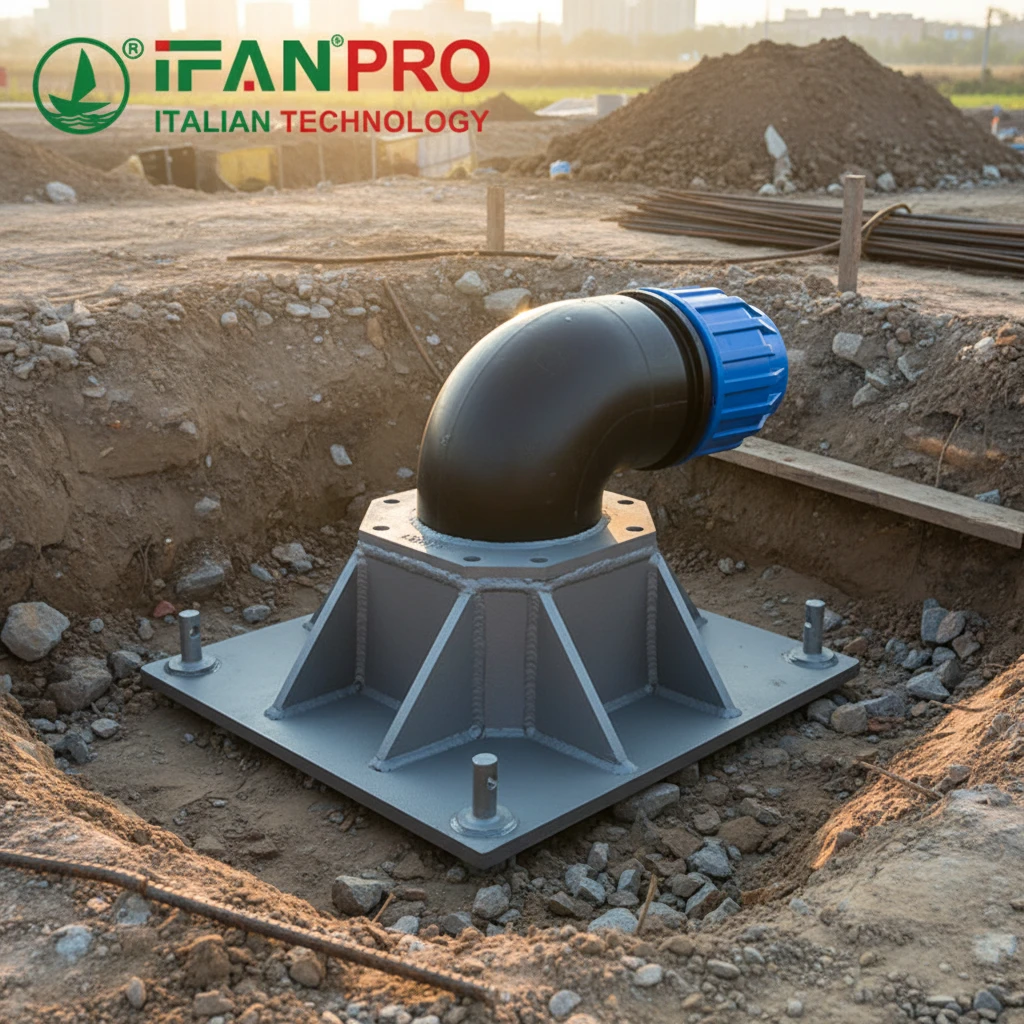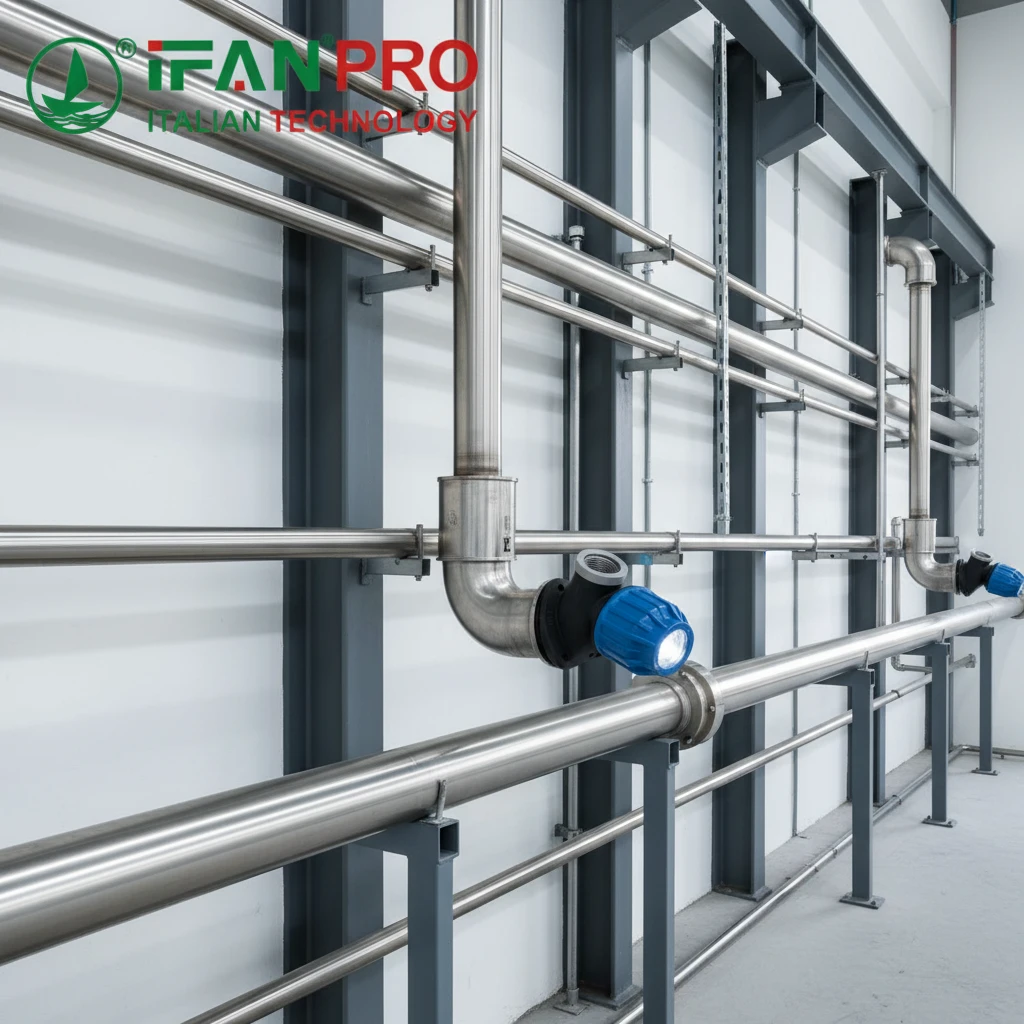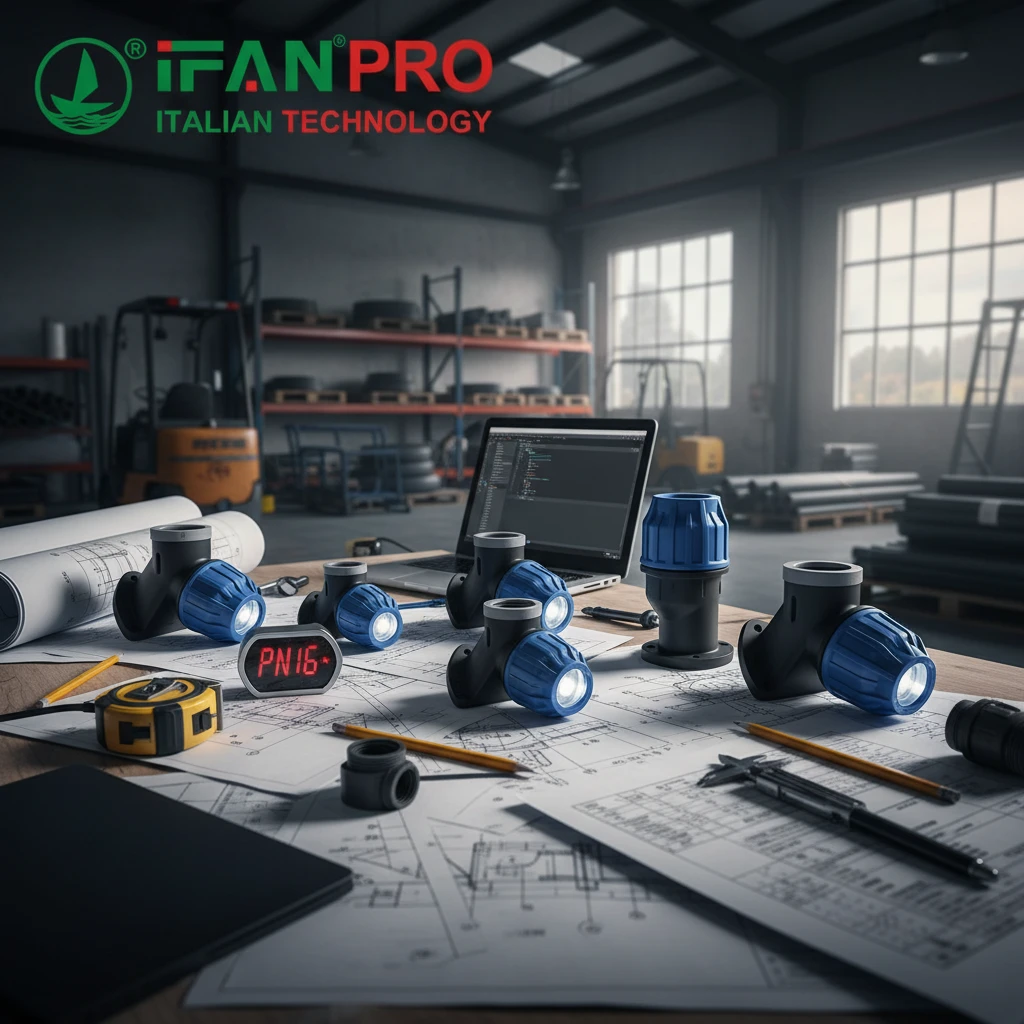Introduction to Gas Pipe Installation
Importance of Safe Installation
Proper gas pipe installation ensures safety and efficiency in your home. Gas leaks pose serious risks, including fires and explosions. Following correct procedures minimizes these dangers.
Types of Gas Pipes
Common gas pipe materials include steel, copper, and plastic (such as polyethylene). Each type suits different applications and installation environments. Choose the appropriate material based on your specific needs and local regulations.
Planning and Preparation
Assessing Gas Needs
Determine the gas requirements for your home. Consider appliances like stoves, heaters, and water heaters. Calculate the total gas load to ensure the pipe system meets all demands.
Obtaining Permits and Understanding Codes
Acquire necessary permits before starting the installation. Familiarize yourself with local building codes and regulations. Compliance ensures safety and avoids legal issues.
Gathering Tools and Materials
Collect all required tools and materials. Essential tools include pipe cutters, wrenches, and thread sealant. Ensure you have the correct pipe type and fittings for your installation.
Designing the Gas Pipe System
Creating a Layout Plan
Draft a layout plan for the gas pipe system. Plan the shortest and safest routes for pipe installation. Avoid areas with high foot traffic and potential hazards.
Sizing the Pipes
Calculate the correct pipe size to accommodate your gas load. Proper sizing prevents pressure drops and ensures efficient gas flow. Use specialized software or consult engineering guidelines for accurate calculations.
Selecting Fittings and Connectors
Choose appropriate fittings and connectors for your pipes. Ensure they are compatible with the pipe material and meet safety standards. Secure connections prevent leaks and enhance system integrity.
Installation Process
Shutting Off the Gas Supply
Turn off the gas supply before starting the installation. This step ensures safety and prevents accidental gas leaks during installation.
Cutting and Preparing Pipes
Cut the pipes to the required lengths using pipe cutters. Deburr and clean the pipe ends to ensure smooth connections. Proper preparation enhances joint integrity.
Assembling the Pipes
Connect the pipes using appropriate fittings and connectors. Apply thread sealant to threaded connections to prevent leaks. Tighten the connections securely without over-tightening.
Securing the Pipes
Secure the pipes to walls or ceilings using brackets or straps. Ensure the pipes are level and properly supported. Proper support prevents sagging and damage.
Installing Safety Devices
Install safety devices like shut-off valves and pressure regulators. These devices enhance system safety and allow for quick responses to emergencies. Regularly test and maintain these devices.
Testing and Inspection
Realización de pruebas de presión
Realice pruebas de presión para comprobar si hay fugas y garantizar la integridad del sistema. Utilice equipos especializados para presurizar la tubería y controlar si se producen caídas. Repare inmediatamente cualquier fuga detectada.
Inspecting the System
Inspect the entire gas pipe system for signs of wear, corrosion, and damage. Address any issues promptly to maintain system integrity.
Obtaining Professional Inspection
Consider hiring a professional to inspect your gas pipe installation. A certified inspector ensures the system meets safety standards and local codes.
Safety Tips and Best Practices
Regular Maintenance
Schedule regular maintenance for your gas pipe system. Inspect for signs of wear and corrosion. Clean and service the system periodically to ensure optimal performance.
Installing Carbon Monoxide Detectors
Install carbon monoxide detectors in your home. These devices alert you to dangerous gas levels, enhancing safety. Place detectors near gas appliances and sleeping areas.
Educating Household Members
Educate all household members about gas safety. Ensure they know how to recognize gas leaks and respond to emergencies. Knowledgeable occupants enhance overall safety.
Common Issues and Troubleshooting
Detecting Gas Leaks
Learn to recognize the signs of gas leaks, such as a rotten egg smell. If you suspect a leak, evacuate the area immediately and contact your gas company.
Addressing Low Gas Pressure
Low gas pressure can affect appliance performance. Check for blockages or leaks in the system. Ensure the pressure regulator functions correctly.
Preventing Corrosion
Corrosion weakens gas pipes and can cause leaks. Use corrosion-resistant materials and apply protective coatings. Regularly inspect and maintain the pipes to prevent corrosion.
Conclusión
Safe gas pipe installation is crucial for home safety and efficiency. Proper planning, design, and installation prevent leaks and hazards. Regular maintenance and inspections ensure long-term system integrity. Educate household members about gas safety and emergency procedures. Following these guidelines ensures a safe and reliable gas supply system for your home.
Conectar
IFAN es un fabricante chino de tuberías, accesorios y válvulas de plástico con 30 años de experiencia. Si está interesado en IFAN accesorios de cobre, válvulas de cobre, tuberías y accesorios de plástico, póngase en contacto con nosotros. IFAN le ofrece una variedad de tuberías estándar para satisfacer sus necesidades específicas. Haga clic a continuación para obtener más información sobre la amplia gama de productos de válvulas y productos relacionados con sistemas de tuberías asequibles y rentables de IFAN.
Responderemos a su correo electrónico o fax en 24 horas.
Puede llamarnos en cualquier momento si tiene alguna duda sobre nuestra producción.
Para más información, visite nuestra página web https://ifanpro.com/
Pls Mailto: [email protected]
Whatsapp: + 86 19857948982














Comentarios recientes